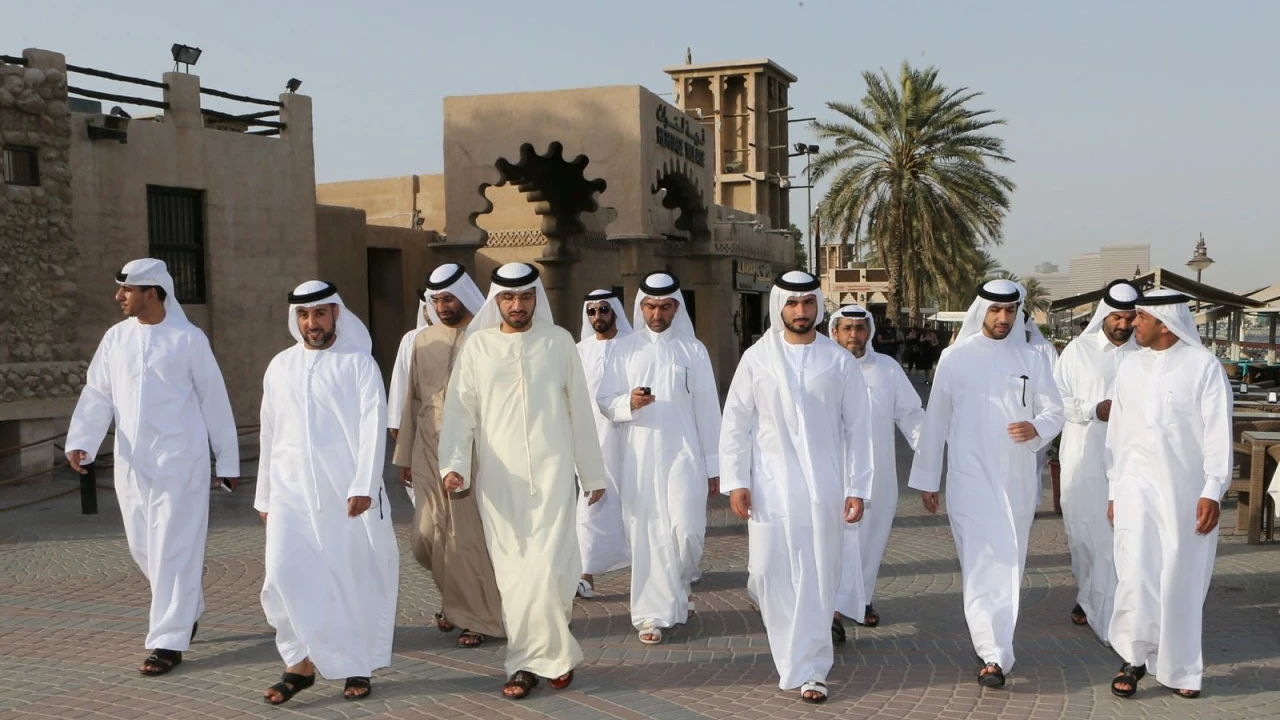The Cultural History of the White Cloth
The Arab world is a colorful array of traditions, customs, and cultural nuances that have evolved over centuries. One such tradition, at the very heart of its cultural identity, is the wearing of the white cloth on the head, commonly known as the Ghutrah, Shemagh, or Keffiyeh. Why, you might ask, do Arabs choose to don this peculiar piece of fabric? Let's delve a chunk deeper to unearth the essence of this practice.
The Ghutrah, a prominent icon in traditional Arab attire, holds deep cultural and historical significance. Since time immemorial, Arabs have worn this as a functional accessory to protect themselves against the harsh desert conditions. Sandstorms, rampaging across the deserts making the visibility next to zero, are a commonplace occurrence in the Middle East. In such scenarios, the white cloth serves as a brilliant, practical deterrent. But beyond its practical usefulness, the Ghutrah has other less overt nuances that many might not be aware of.
The Symbolic Essence of the White Cloth
Contrary to the rumors that are floating around, the color of the Ghutrah is not arbitrary. No sir, it’s not! The color white reflects light, thus keeping the wearer's head relatively cool in the scorching desert sun. Now that's color theory for you, folks! Also, the purity of the color white holds a symbolic representation in Arab culture, attributing to peace, purity, and spiritual cleanliness.
Furthermore, the Ghutrah serves as a bold and powerful symbol of unity in the Arab world. It's like a badge of Arab identity that unifies Arabs regardless of their diverse ethnicity or social backgrounds. The display of this white cloth is a clear message of their shared heritage and brotherhood. It's like saying, "Yes, I am an Arab and proud of it," without uttering a single word. Ah, the power of symbolism!
Unwrapping the Art of Wearing the Ghutrah
Now, let's focus on the art of wearing this majestic piece of cloth. Interestingly, the technique of wearing the Ghutrah varies across regions, revealing different styles influenced by local cultures and traditions. From the loose drape style of the Emirates to the triangle fold style of the Saudis, the Ghutrah takes on multiple forms that speak volumes about the wearer's regional lineage.
Now comes the fun part. During a trip to Dubai a few years back, an old friend, Aasim, taught me the art of wearing the Ghutrah. He displayed a meticulous step-by-step process of folding, shaping, and securing the cloth, which almost reminded me of origami! The process of wrapping the Ghutrah around the head is a fascinating art, and it requires a certain skill. The final look? Absolutely stunning!
My initial attempts at tying the Ghutrah were hilarious! Can you imagine me looking like a clumsy version of Lawrence of Arabia? That's what it felt like. But with Aasim's patient guidance, I soon got the hang of it. So, I can vouch from personal experience that it is not an accessory that one can just slap on and swagger off.
The Ascend of the White Cloth in Global Fashion
Step aside, runways of Milan and Paris! The Ghutrah is taking the global fashion stage by storm. This traditional Arab accessory is breaking barriers by appearing on international fashion runways, and it's not unheard of for big-name designers to draw inspiration from it. The Ghutrah, with its distinctive identity, appeals to the ethos of fashion connoisseurs. The confluence of tradition with contemporary fashion forms a captivating spectacle indeed.
Also, celebrities like David Beckham and Johnny Depp have been spotted pulling off the Ghutrah look with effortless panache, further elevating its global popularity. Be it the ramps, Hollywood or street fashion, the Ghutrah has certainly captured global imaginations. It's like the Arab world's hip contribution to international fashion.
In conclusion, the white cloth on an Arab's head is so much more than just a piece of fabric. It's a symbol of Arab heritage, unity, protection, and much more. Whether it's beating the desert heat, making a stylistic statement, or standing tall as a symbol of Arab identity, the Ghutrah indeed wears many hats (pun intended!). It's an ode to the rich Arab culture and tradition that they wear proudly, windswept across the vast, sandy expanses of the Middle East.
